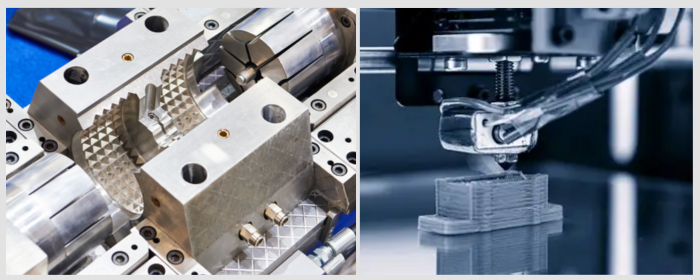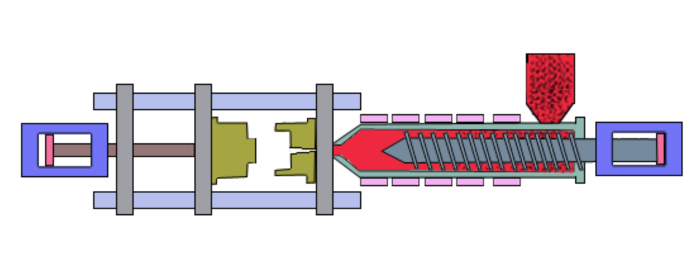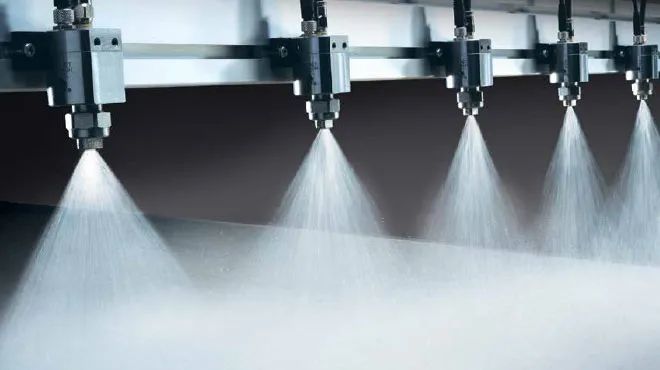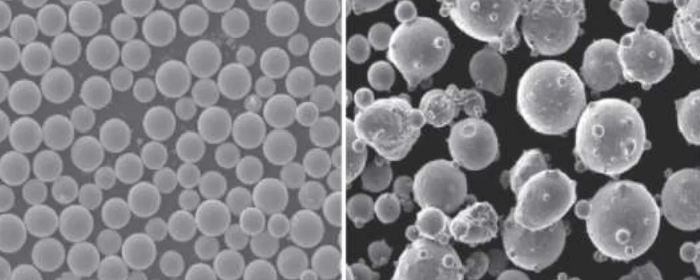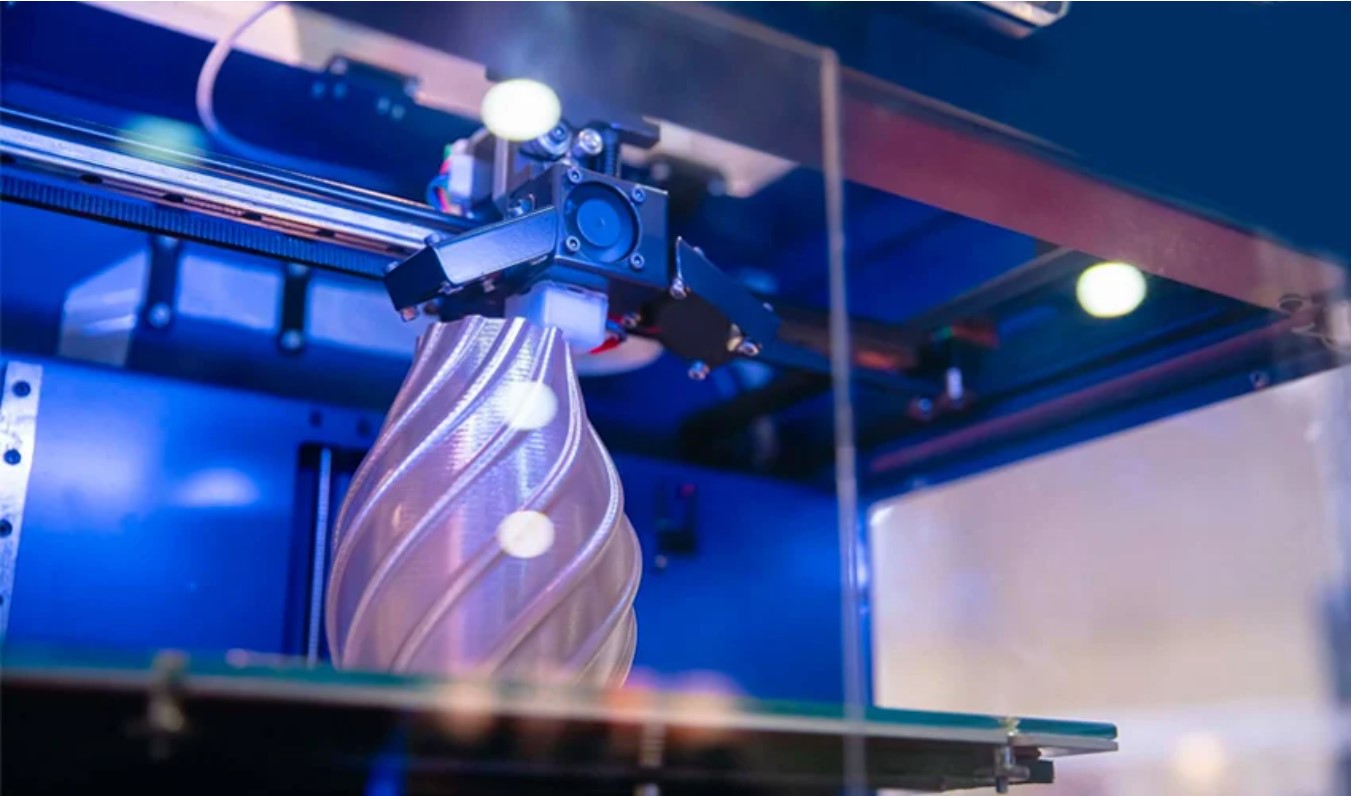

Molybdenum and tungsten are both refractory metals and adjacent elements in the periodic table. They share many similarities in chemical and physical properties but also exhibit some distinct differences. Similarly, tungsten powder and molybdenum powder have both similarities and differences, which we will explore below.
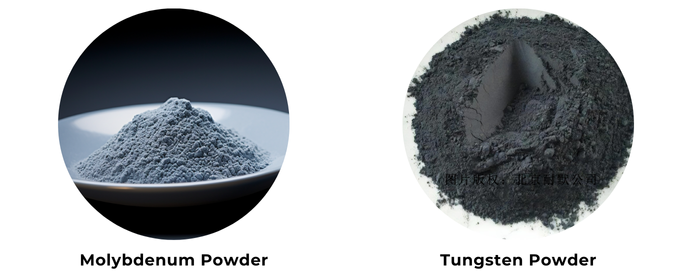
Tungsten powder is a gray-black metallic powder with a metallic luster (body-centered cubic crystal structure). It is characterized by high density, high melting point, and high hardness. As a powdered form of metallic tungsten, tungsten powder inherits these properties and serves as a raw material for producing tungsten processing materials, tungsten alloys, and tungsten products.
Molybdenum powder is typically prepared using ammonium molybdate or MoO₃ (calcined molybdenum trioxide) as raw materials and reduced with hydrogen. It is a raw material for producing deep-processed molybdenum products through powder metallurgy. Molybdenum powder appears as a dark gray powder, known for its high chemical purity, strong chemical inertness, and excellent thermal stability, as it does not decompose below 400°C.
Both molybdenum powder and tungsten powder are refractory metal powders with similar properties, but they also exhibit some notable differences.
The most significant similarity between molybdenum and tungsten powder is that both are high-melting-point refractory metal powders, exhibiting excellent stability under extremely high-temperature conditions. Tungsten and molybdenum have melting points of 3410°C and 2620°C, respectively, ranking among the highest of all metallic elements. This makes them ideal for high-temperature applications.
Both materials also share excellent thermal conductivity. Their thermal conductivity values are notably high: molybdenum at approximately 138 W/m·K and tungsten at around 173 W/m·K. This allows them to efficiently transfer heat in various applications.
In addition to the above, tungsten powder and molybdenum powder share other similar properties, such as excellent mechanical strength, good corrosion resistance, high electrical conductivity, and exceptional processing performance in powder metallurgy. These shared properties lead to overlapping application areas.
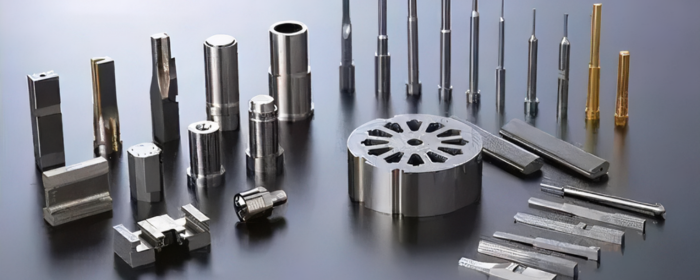
Despite their similarities, tungsten and molybdenum powders have distinct differences that influence their applications. Understanding these differences is crucial for optimizing material performance.
The biggest difference is in their densities. The density of tungsten powder is as high as 19.3 g/cm³, whereas the value for molybdenum powder is half at 10.2 g/cm³. This results in a consequence whereby tungsten powders can be used for very demanding applications in high density, some of which are realized in certain shielding applications and armor-piercing rifle bullets.
Both powders have high melting points but with notable differences. Tungsten powder has an extremely high melting point of 3410°C, the highest among all metals, whereas molybdenum powder has a lower melting point of 2620°C. While both are suitable for high-temperature applications, tungsten powder is ideal for extremely high-temperature environments, whereas molybdenum powder is more economical for moderately high-temperature applications. Additionally, molybdenum powder can maintain good mechanical properties even at lower melting points, making it more practical in mid-to-high-temperature mechanical environments.
Tungsten powder is significantly stronger and harder than molybdenum powder, with exceptional mechanical performance. It is particularly suitable for applications requiring high strength, such as cutting tools and wear-resistant parts. Molybdenum powder, while also durable, is less hard and more suitable for applications requiring some ductility and easier machinability.
Both powders are electrically conductive, but their resistivity differs. Tungsten powder has higher resistivity, and therefore its conductivity is worse compared to molybdenum powder.
Molybdenum powder is superior to tungsten powder in corrosion resistance, especially in an acid medium. Whereas under certain conditions, tungsten powder is easily corroded, molybdenum powder is much more stable in such media.
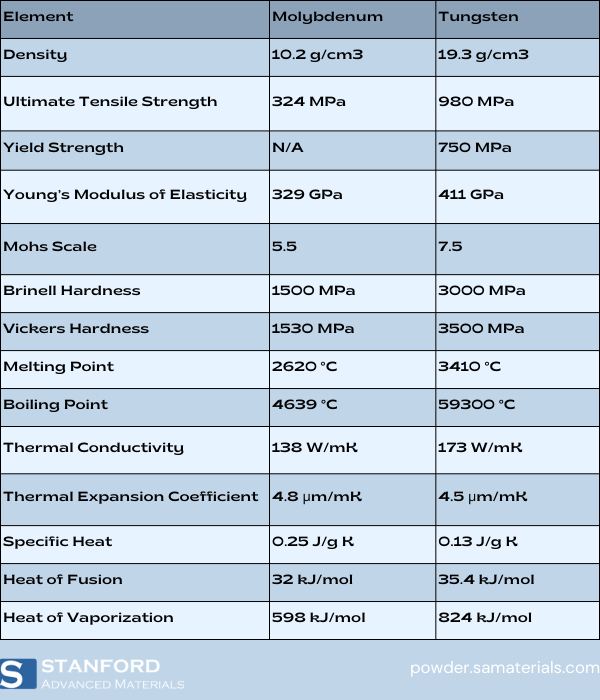
Both tungsten and molybdenum powders share many properties, although each also has its strengths and weaknesses. Tungsten-molybdenum alloy powder inherits the advantages of both components with big synergetic effects in performances and applications.
Specifically, the tungsten-molybdenum alloy powder contains the properties of high strength, high melting point, and high hardness of tungsten, added to the lightweight, ductility, and corrosion resistance of molybdenum. The alloy has a higher melting point, and high-temperature strength than pure molybdenum, and is lighter compared to pure tungsten. By changing the percentage composition of tungsten and molybdenum, the alloy balances its strength and density with excellent machinability.
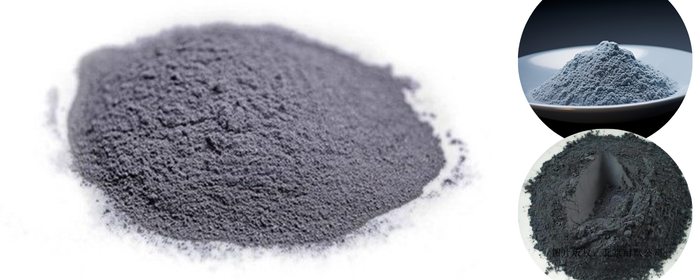
Thanks for reading this passage. Stanford Advanced Materials (SAM) provides customers with high-quality metal powders for a variety of needs. If you feel interested in tungsten powder, molybdenum powder, or Tungsten-molybdenum alloy powder, you can send us an inquiry or contact us via sales@SAMaterials.com. Free samples are available.
References:
How Material Ratios Alter Tungsten Heavy Alloy Powder Properties

